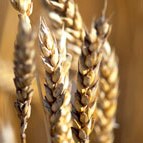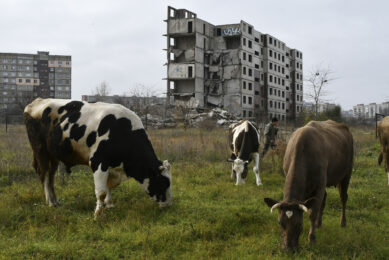Good European wheat season expected

The International Grains Council (IGC) sees global wheat crop for 2008/09 rise with 40 million tonnes to 642 million tonnes, an increase of 6.6%.
In the EU the European Commission expects the total grain crop to increase by
more than 10% for 2008/09 season. The commission is aiming at 283.8 million
tonnes of grains, 26.4 million tonnes more than previous season.
Total
area for grains in the EU will increase with 2.7 million hectares to 59.219
million hectares. This is the result of the growing of fewer oilseeds and the
ending of the set aside policy.
Pressure on prices
For the time
being EU feed wheat prices continue to be pressured by an over-supply of
feed-starch products (maize, sorghum and tapioca) and a general lack of buying
interest.
There are also a lot of EU sellers who have unsold barley that
they need to find a home for before the end of March. Buyers are well aware of
this situation and are withdrawn from the market.
New crop prices are
also coming under pressure, following the sentiment of the feed markets, along
with the forecast for bigger malting barley plantings throughout the
EU.
Market differences
Argentina re-opens corn/wheat
registries, limiting wheat exports to 2 million tonnes (400,000t per month for
the next 5 months). Australian farmers, however, are expecting bumper wheat
crops in 2008 boosted by plentiful rains and soaring prices.
Ukraine
considers raising its grain export quotas. An increase from 1.2 to 2.4 million
tonnes has been proposed
Prices old crop volatile
Old crop
prices remain volatile as massive swings in Chicago caused by economic,
financial and energy concerns rock the markets. Tightness in supply of
high-quality protein wheat continues to support prices.











